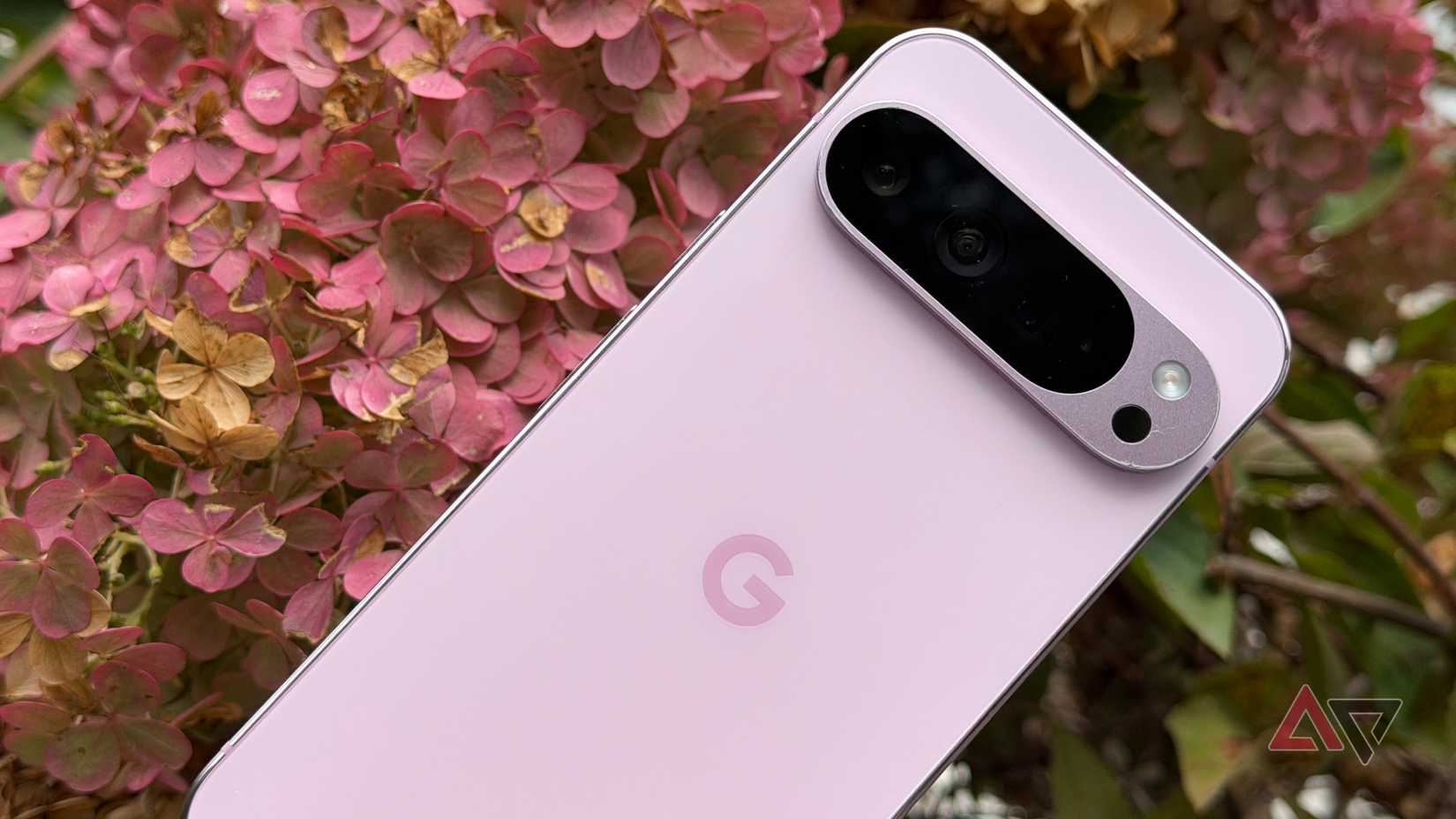As someone who has actively tested, reviewed, and daily driven dozens of Android phones over the years, I thought I had seen it all.
Yet, even after all my experience, there are a handful of exclusive features on my Google Pixel that still manage to genuinely amaze and simplify my life on a daily basis.
These aren’t the well-known chest-thumping specs or gimmicks; they are subtle, small software (and hardware) tweaks that solve everyday problems.
It proves that Google’s approach to the Pixel lineup has an edge and still manages to blow away an Android power user like me.
Software fluidity
I have used countless Android phones boasting 120Hz screens, but the specs sheet never tells the full story.
For me, the most addictive quality of the Pixel experience is the butter-smooth fluidity of the software and responsiveness of the touch panel.
It’s the closest any Android device has come to feeling like a seamless extension of my will. In day-to-day interactions, this makes a huge difference.
When I swipe home from an app, the animation doesn’t just finish quickly; it feels like the app is gracefully folding itself away, without a single skipped frame or stutter.
Scrolling through my long social feeds is a joy because the content tracks perfectly with my finger. This level of low-latency touch response is subtle, but when you are used to it, other high-end feels just a hair behind.
It’s clear that Google’s deep integration between the Tensor chip, the display hardware, and the stock Android OS is the secret sauce here.
They have perfected the timing of every tiny interaction, from pulling down the notification shade to snapping a quick photo. It’s not just fast; it’s refined and elevates every single interaction.
On-device voice typing
As someone who constantly switches phones, I have noticed that voice dictation on other Androids often feels like a slow, cloud-dependent afterthought – you speak, wait for a moment, and then a block of text appears, usually with errors.
The voice typing on my Pixel is in a different league. Powered by the on-device intelligence of the Tensor chip, it’s an immediate, real-time transcription that feels like the phone is actively listening and anticipating the next word.
When I’m rushing around, hands full, I tap the microphone icon on Gboard, speak naturally, and watch the text instantly appear, complete with perfectly placed commas, periods, and question marks.
Gboard’s newest compact UI for voice typing takes the entire experience to the next level.
The best part is that Gboard’s voice-to-text even supports the Hindi language. It’s not just a technical feature; it’s a huge quality-of-life upgrade.
It transforms typing from a manual task into an effortless, hands-free conversation with my phone.
Copying items straight from the Recent Apps screen
This is one of those small, subtle software features that doesn’t get a slide during a keynote presentation. But it’s one of the productivity boosters I have found on the Pixel: the ability to copy text directly from the Recent Apps menu.
On most Android phones, when you pull up the app switcher, all you get are static thumbnails. But on the Pixel, Google integrated a live text recognition tool on the screen.
It means that if I have been viewing an article, a Tweet, an email, or even a tricky comment on an Instagram post, I don’t have to switch back into the app, find the text again, long-press, wait for the handle to appear, and copy.
Instead, I simply swipe up to the Recent screen, tap the Select button that appears at the bottom, and highlight the text I need.
My favorite use case for this is dealing with apps like Instagram, where direct copying of comments or descriptions is not possible.
If I see a clever quote or an essential piece of information locked within a non-copyable field, I swipe to Recents, and the Pixel’s intelligence unlocks that text for me.
It’s a neat little piece of on-device utility that makes the Pixel feel smart and always on my side.
Lock screen customization
I remember the early days of Pixel lock screens: basic at best, often just a clock and the date.
What truly amazes me today is how Google has finally delivered a deeply customizable lock screen that still feels uniquely Pixel, and most importantly, smart.
It’s no longer just about changing the wallpaper. Now, I have fantastic control over the entire aesthetic.
I can cycle through different clock styles and fonts, tweak the bottom shortcuts, and even check the name of the song playing nearby.
I can’t wait to see how Google improves it further with lock screen widgets.
Excellent haptics
The quality of haptics is often the most overlooked component, yet it is one of the clearest indicators of a truly premium, polished device experience.
When I pick up any other Android phone — even the high-end flagships (looking at you, Galaxy S25 Ultra) — and start typing, the vibration often feels like a muffled, low-quality buzz.
Pixel’s haptics are in an entirely different class. They are precise, crisp, and perfectly timed, sitting right up there with the gold standard set by Apple.
The difference isn’t just in the motor. It’s in the software integration throughout the entire UI. When I use the keyboard, the haptic feedback is so sharp that it elevates the typing experience.
Even subtle interactions like swiping between apps, using split-screen mode, or selecting text are met with a tactile cue.
It’s this rich haptic feedback that makes the Pixel feel well-engineered. The phone communicates with me in a way that other Androids can’t.
A powerful Phone app that goes beyond the basics
The single biggest feature on the Pixel is the core Phone app. Its dedicated AI layer protects and assists me during every call.
First, there is scam detection. Unlike simple spam blocking, this feature analyzes a caller’s voice and dialogue in real-time during an active call.
Then there is Call Notes and Recording. With one tap, the Pixel records the conversations and automatically provides a full, searchable transcript and summary afterwards.
I also love the Clear Calling feature, which reduces background noise during calls. It’s been quite handy when taking calls in a busy street or a loud café.
Google has already announced new features like Magic Cue that assist you during long calls. I have yet to test it, but it’s great to see Google pushing the boundaries in the Phone app using AI.
In other good news, Google is expanding these Phone app features to more regions.
Google has nailed the basics
Overall, the Google Pixel may never consistently win the spec-sheet wars, and it often trails its competitors in pure hardware innovation. But that misses the entire point.
After using dozens of Android devices, what truly makes the Pixel special — and what keeps me personally invested — isn’t the RAM or the screen refresh rate. It’s the thoughtful, exclusive software intelligence.
It’s easy to see why Pixel has quietly built a loyal cult following, and I can’t wait to see what Google has in store for us in 2026.
Still, like any Android launcher, Pixel UI is far from perfect. Although I love Pixel UI, there are several quirks I would like the search giant to fix in future updates.



… [Trackback]
[…] There you will find 41672 additional Info to that Topic: geeksforgeeks.org/i-have-used-dozens-of-android-smartphones-but-these-pixel-features-still-amaze-me-to-date/ […]